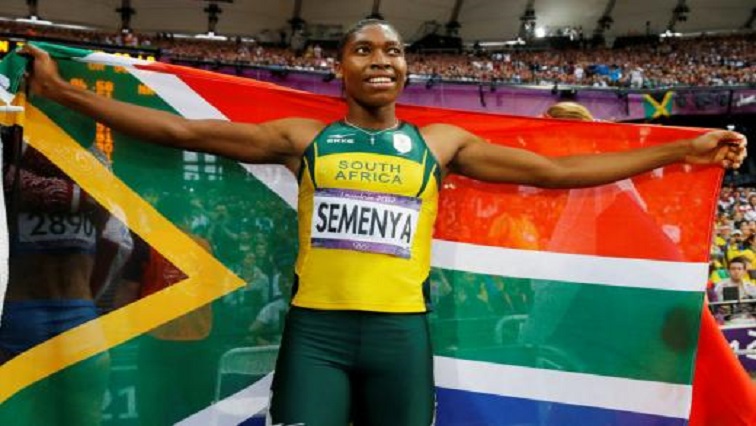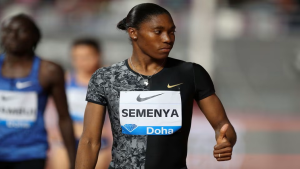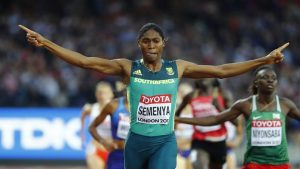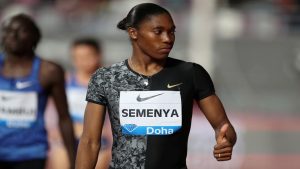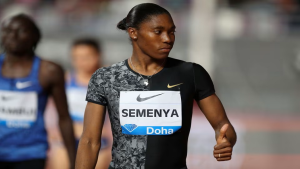It’ll be 10 years ago in August that the world first heard about Caster Semenya. She had smashed her own personal best times in winning gold in the 800 metres at the World Championships in Berlin. Those improvements, complaints from fellow athletes, and let’s face it, her androgynous appearance, led the IAAF to demand an investigation. Those medical records were supposed to remain confidential. But they were leaked, and controversy has dogged the athlete for a decade since.
South Africans have for the most part fully supported her, as she’s had to fight again and again for the right to compete. Many of her competitors have supported her too. But some, mostly European, have continually complained that she shouldn’t be allowed to run in their races. Semenya has stood proud and unapologetic in the face of the most extraordinary and invasive public scrutiny. Her strength of character is unparalleled – lesser women, and men, would have returned to the shadows.
But it’s not just the lab worker who leaked the test results, a few fellow athletes and the world governing body that are responsible for the microscope she’s had to live under. The media around the world have played a big part too. And that continued when the Court of Arbitration for Sport in Lausanne heard the challenge to the proposed IAAF regulations on “athletes with differences in sexual development”. The stories continued to make mention of unproven, and unchallengeable, allegations about Semenya’s physical condition.
The Times of London made an allegation, which the IAAF then disputed in a formal press release. The denial was widely reported around the world, including in South Africa. The effect was that the original (incorrect) allegation was given wide coverage. That was wrong on so many levels.
1. Most media outlets published the story from the IAAF press release without ever having published the original allegation. A denial of another media outlets incorrect story is not a story, so the IAAF statement shouldn’t have been published by any other publication but The Times.
2. Why does the international media continue to believe it has the right to invade Semenya’s privacy? Why do they continue to guess the details of her gender. Medical records are confidential, and should remain that way.
3. The media has an important part to play in telling the truth. But with that right comes responsibility. We need to both respect and protect people, and their dignity, as far as possible.
Caster Semenya’s story is an important one. It’s about race and gender, about rights and responsibility, it’s about power and how to wield it, and it will have far-reaching effects on many athletes in the future – not just runners, and not just women. That’s part of why she’s had some high profile support from organisations such as the United Nations, many of whom have no direct involvement in sport.
But what the media needs to remind itself is that the story can still be told without stamping all over the right to dignity of the one person brave enough to be the face of what she believes is an unjust regulation. I’m very proud of the way the SABC has covered her story, right from the beginning – with sensitivity and integrity. We’ve sometimes delayed publication just to make sure our wording is just right.
Take a look at Semenya’s twitter timeline. It’s full of meme’s about acceptance, loving yourself, and not worrying about what other people think of you. So I’ll finish with a quote from one of them, which journalists should take to heart. “The only thing that defines us is what’s inside our hearts”. We should all aspire to having the same kind of heart, bravery, determination and integrity that Caster Semenya has.
NOTE: The CAS will make its findings on the IAAF proposals know before 26 March 2019.
By Janet Whitton (Deputy Sports Editor, SABC News)


